Ireland has a long and rich mythological history.
In fact, some of Ireland's prehistoric structures date back more than 6,000 years, from before the pyramids in Giza in Eygpt!
Here are just ten of Ireland's prehistoric and magical sites:
Newgrange, Co Meath
Inside Newgrange during the winter solstice. (Ireland's Content Pool)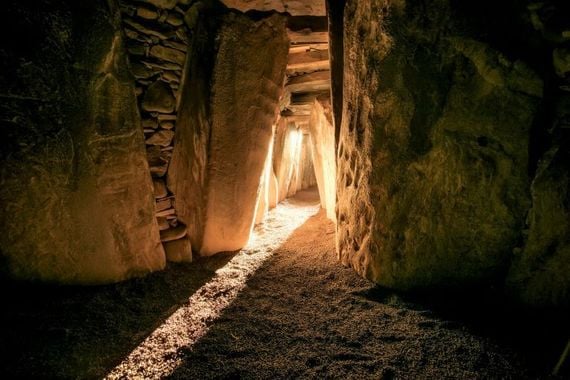
Older than both Stonehenge and the Egyptian Pyramids, Newgrange dates back to 3200 BC.
While the actual purpose of Newgrange is still debated, it is largely agreed that it was of religious importance. Every year during the winter solstice, the sun aligns perfectly with the inner chambers to allow sunlight to flow in for the only time during the year.
Poulnabrone Portal Tomb, Co Clare
 10
10
Poulnabrone Portal Tomb, Co Clare. (Getty Images)
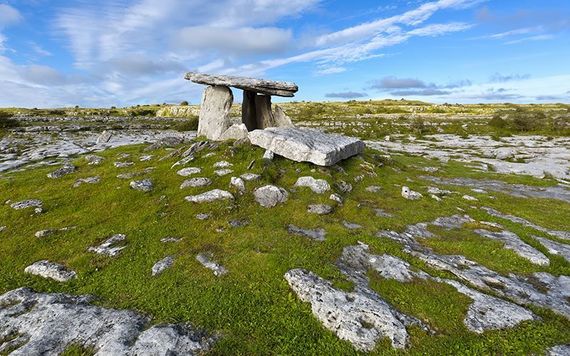
Poulnabrone Portal Tomb, Co Clare. (Getty Images)
Excavations in 1985 found that between 16 and 22 adults and six children were buried under the monument. Personal items buried with the dead included a polished stone axe, a bone pendant, quartz crystals, weapons, and pottery.
In the Bronze Age, around 1700 BC, a newborn baby was buried in the portico, just outside the entrance.
With its dominating presence on the limestone landscape of the Burren, the tomb must have remained a center for ceremony and ritual until well into the Celtic period.
Ardgroom Stone Circle, Beara Peninsula, Co Cork
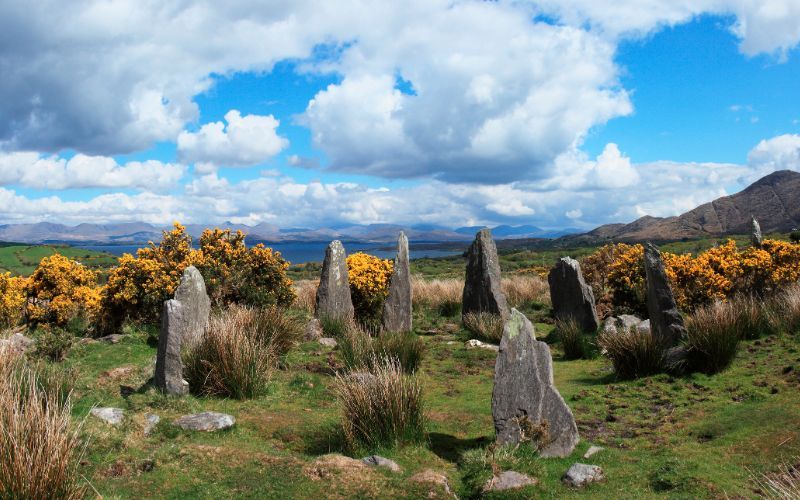
Ardgroom Stone Circle, Beara Peninsula, Co Cork. (Getty Images)
Overlooking the Kenmare river is the stone circle called “Canfea,” or Ardgroom.
Nine stones, from the original 11, still stand. Ardgroom is also known for its huge outlying piper-stone which nears nine feet in height.
Prehistoric rock art, Inishowen, Co Donegal
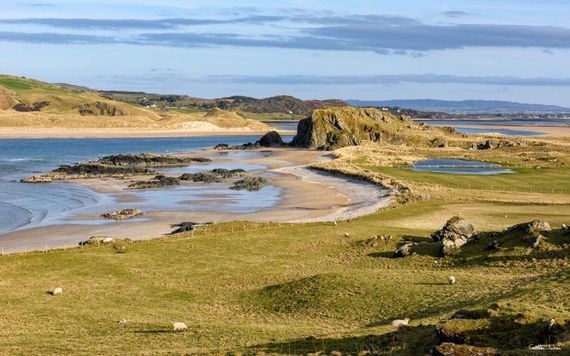
Isle of Doagh, Inishowen Peninsula, Co Donegal. (Ireland's Content Pool)
The Isle of Doagh in Inishowen is one of the most important sites in Western Europe for rock art dating back to at least 3000 B.C.
There are more than 40 known sites (the biggest collection in Ireland) with two new discoveries having been recently made close to the Isle.
Most of the sites consist of cup-and-ring art, but very little is known about their significance. It is speculated that in ancient times the Isle of Doagh may have been considered a sacred island.
Drombeg Stone Circle, Co Cork
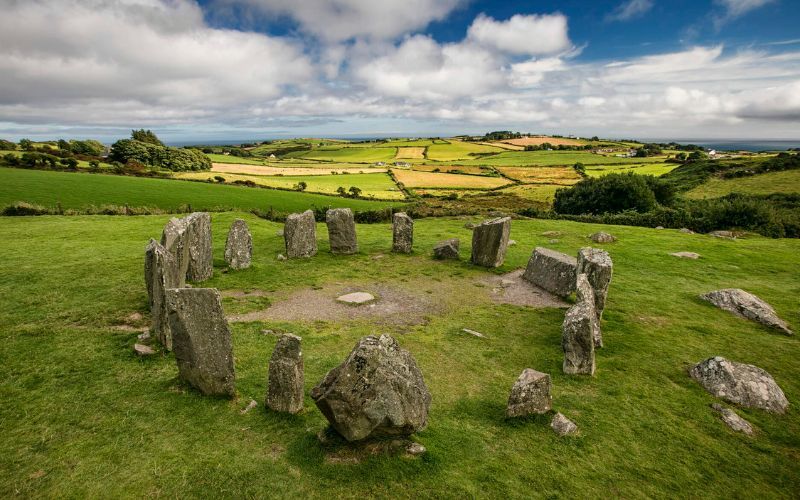
Drombeg Stone Circle, Drombeg, Co Cork. (Ireland's Content Pool)
Also known as ‘The Druid’s Altar,’ this stone circle consists of 17 closely spaced stones spanning 31-feet in diameter, of which 13 survive. It is flanked by a pair of 1.8m high axial portal stones, which provide a southwest axis and orientate the monument in the direction of the setting sun during the midwinter solstice.
During a 1958 excavation, a pot was found in the center of the circle containing the cremated remains of a young adolescent wrapped with a thick cloth. Radiocarbon dating of samples taken from the site suggests that it was active circa 945 to 830 BC.

Are you planning a vacation in Ireland? Looking for advice or want to share some great memories? Join our Irish travel Facebook group.
Castlestrange Stone, Co Roscommon
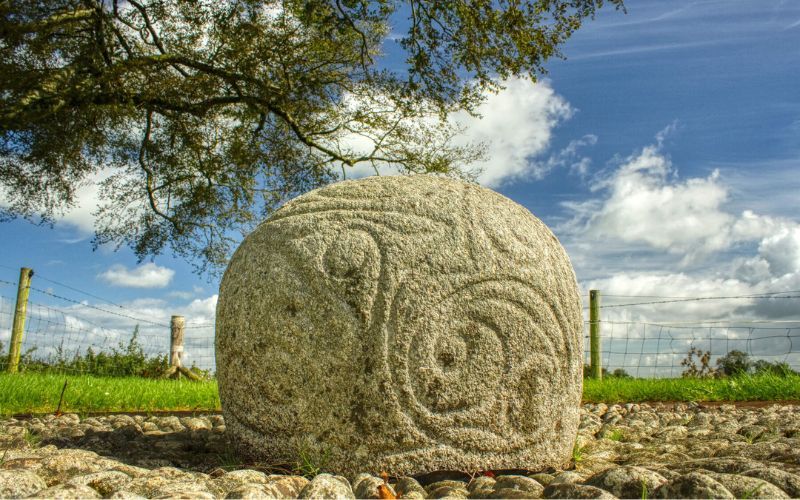
Castlestrange Scribed Stone, Athleague, Co Roscommon. (Ireland's Content Pool)
The Castlestrange stone is located on the grounds of "Castlestrange House," near Athleague in County Roscommon. It is a granite boulder decorated with flowing spirals in the La Tène style, dating from the Iron Age period between 500 BC and 100 AD. Though the use of the stone is not known, it is believed it was of religious importance.
Rathcroghan, Co Roscommon
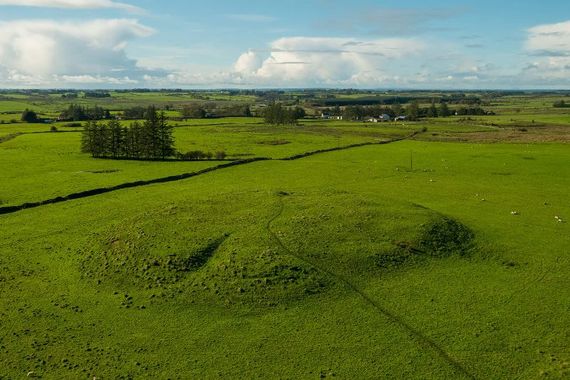
Rathcroghan ancient mounds, Co Roscommon. (Ireland's Content Pool)
Rathcroghan is known to be the site of Cruachan, the traditional capital of the Connacht.
The site had huge importance as a cemetery and also hosted some of the main ritual gatherings in ancient times.
It is an important site in Irish mythology, in particular as the seat of Ailill and Medb, king and queen of the Connachta in the Ulster Cycle. Like other royal sites, there are not any great historical references nor any archaeological evidence to prove it was a royal residence or fortress as described in the myths.
Some of the best examples of ring-forts in the area date from Christian times.

Love Irish history? Share your favorite stories with other history buffs in the IrishCentral History Facebook group.
Janus figure statues, Co Fermanagh
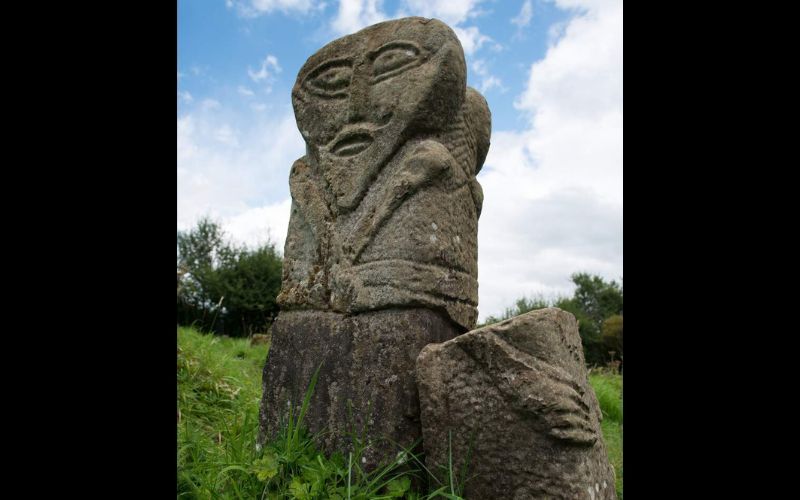
Janus Statue Boa Island. (Ireland's Content Pool)
In Caldragh Cemetery on Boa Island, Lower Lough Erne stand two stone carvings. The larger of these is a Janus figure, two figures back to back with pear-shaped heads and interlacing between the heads representing hair. The East face pictured left is carved with a penis, and the west face is the female side. Both of these carvings are in high relief. The smaller figure which is known as "the Lustyman" because it was found on the nearby island Lusty More, may, in fact, be a female figure.
Baurnadomeeny Wedge Tomb, Co Tipperary
Connected with Diarmuid and Grainne, the tomb appears to have multiple alignments with different chambers aligned with different important sunrises.
The tomb is surrounded by a double curb, 52 feet and 36 feet in diameter respectively. The outer curb is largest but no stones stand above 3ft in height. The tomb is very long, roughly 16ft, with a septal stone creating the portico and main chamber.
The capstone at the front appears to be carved on the inside to create a small channel. There are also some small carvings, of no particular pattern, on some of the inner stones. Some cairn material remains on top.
Queen Maeve’s tomb on Knocknarea, Co Sligo
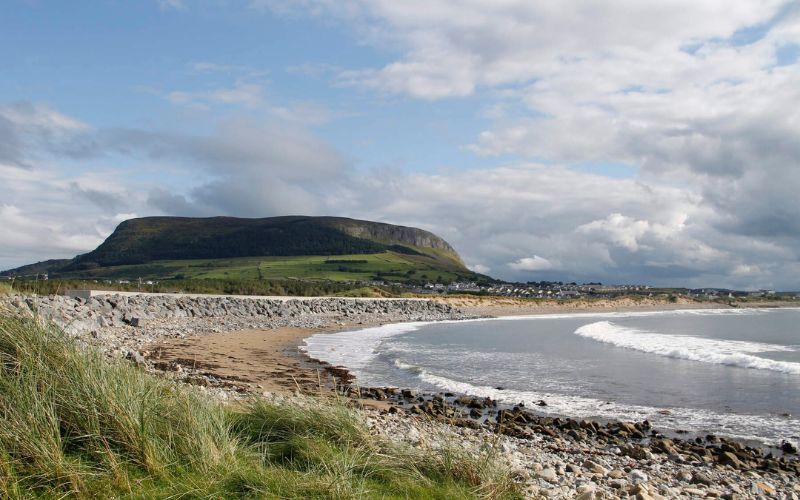
Knocknarea, Co Sligo. (Ireland's Content Pool)
On the summit of Knocknarea is a large cairn about 180 feet wide and 33 feet high, making it the largest such cairn in Ireland outside the Brú na Bóinne. It is known in Irish as Meascán Méabha or Miosgan Meadhbha and in English as Medb's Cairn, Medb's Tomb, Medb's Nipple or Medb's Grave. It probably dates to around 3000 BC. Meabh is a figure in Irish mythology dating to the early first millennium AD.
*Originally published in 2013, updated in July 2023.
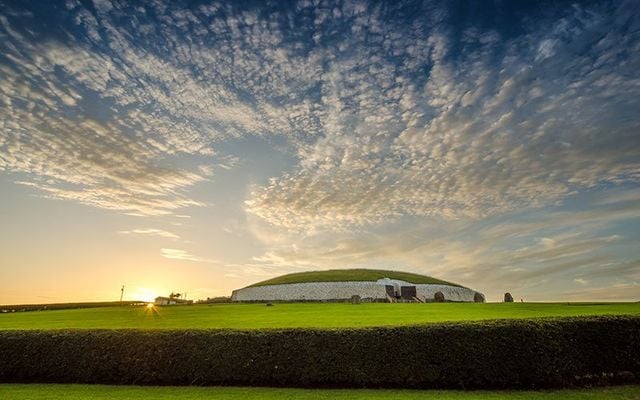



Comments